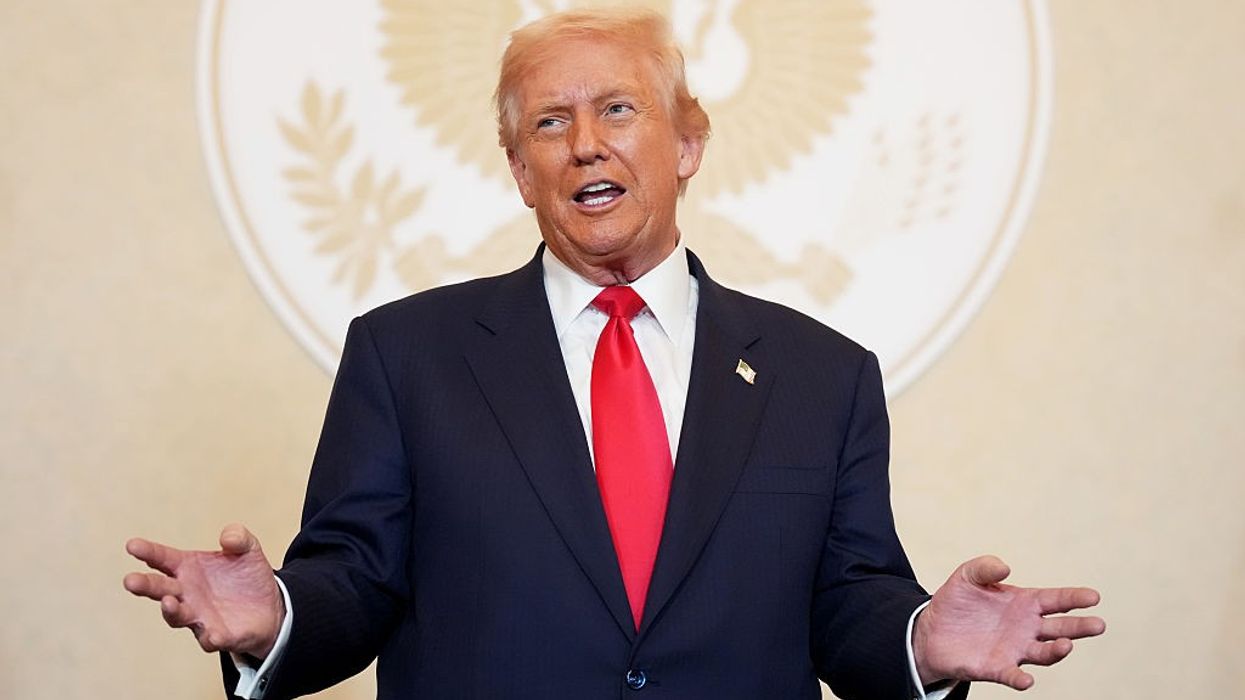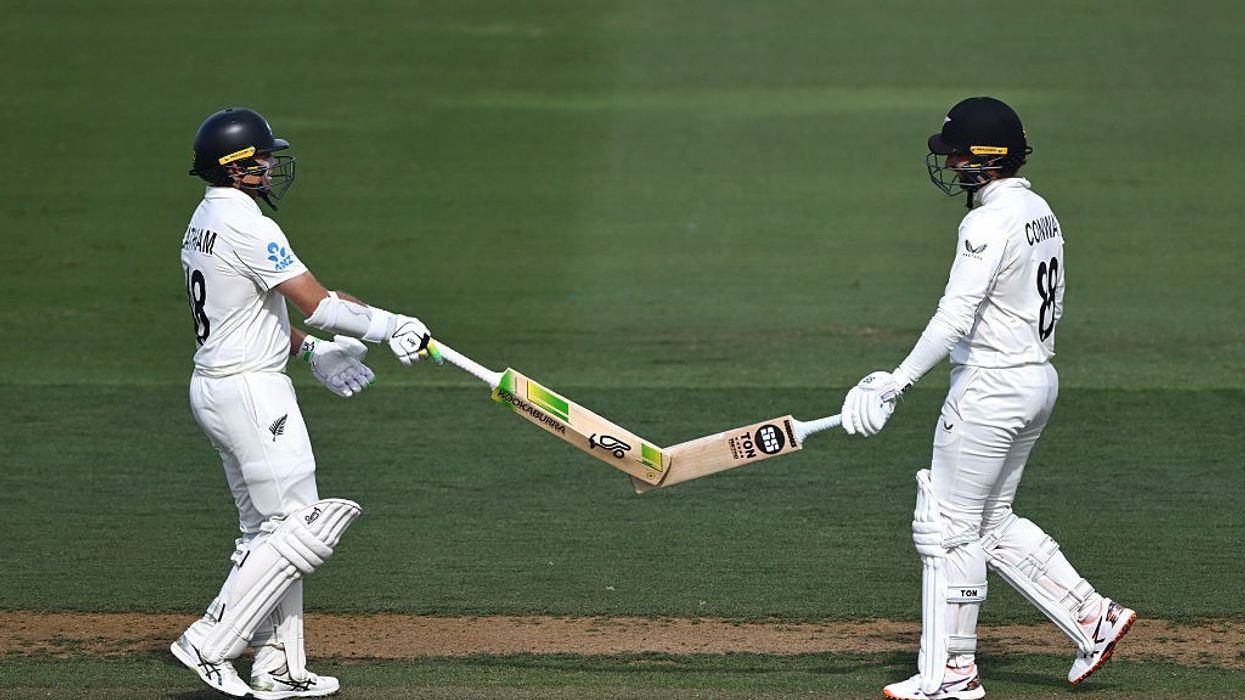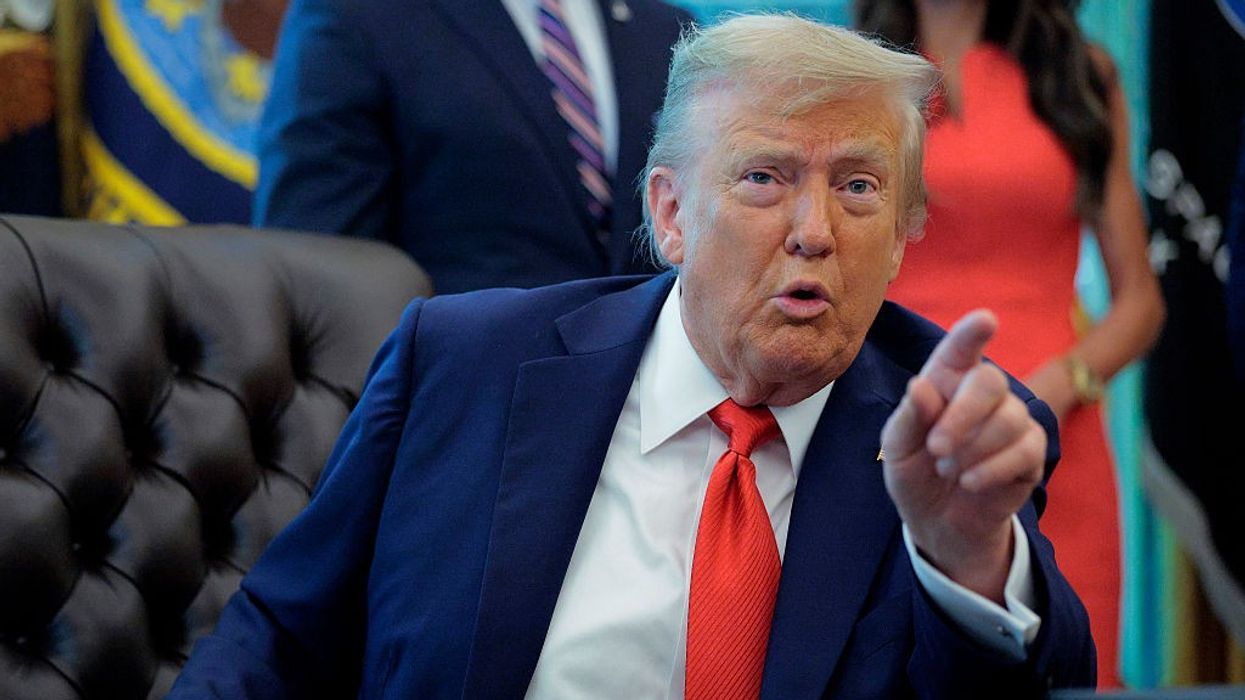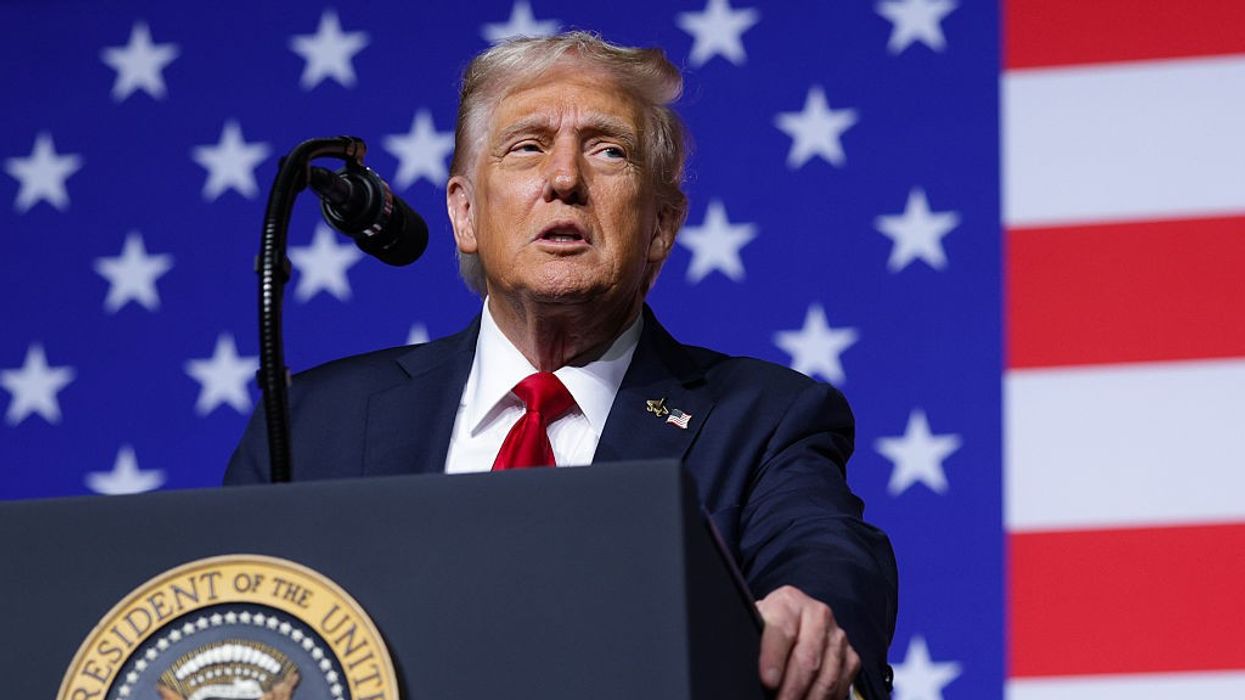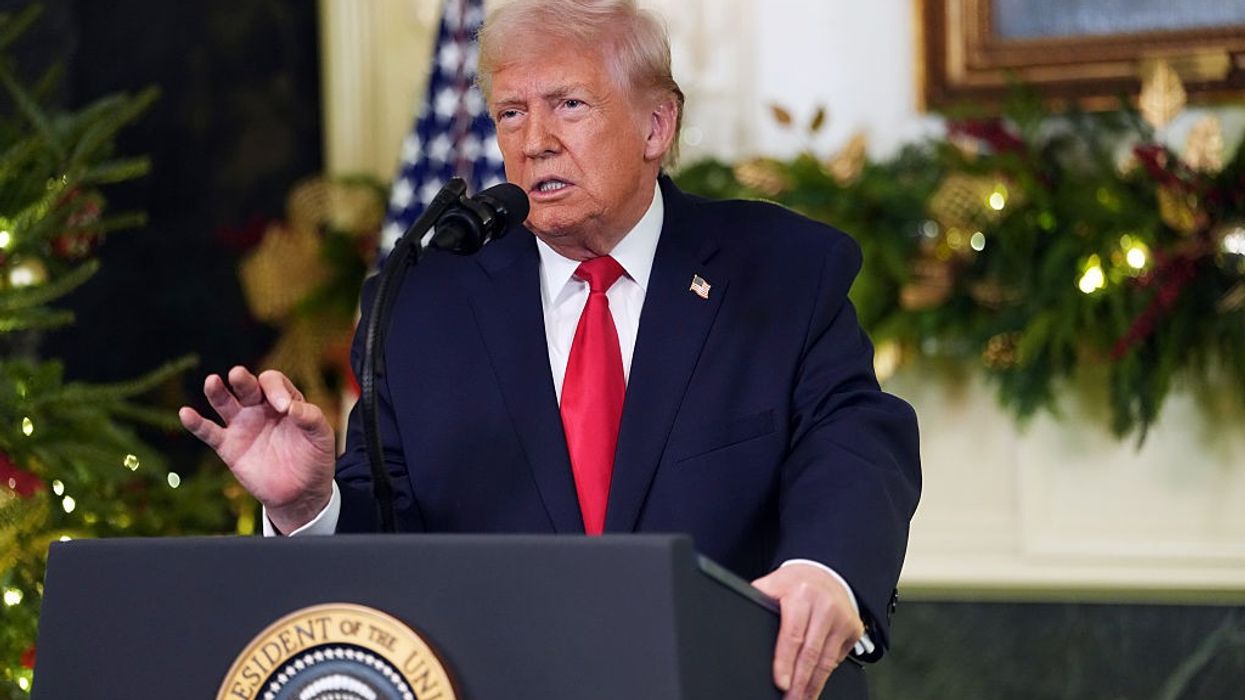Highlights:
- Trump now claims eight aircraft were downed in the 2025 India-Pakistan conflict, up from his earlier figures of five and seven.
- He credited himself with preventing a nuclear war by threatening to halt trade with both nations.
- India has consistently denied that the US mediated the ceasefire; Pakistan has supported Trump’s narrative.
- India maintains that Pakistan lost 8–10 fighter jets, which Islamabad denies.
- Trump has repeated the story over 60 times, altering details in each retelling.
During a recent address at the America Business Forum in Miami, former US President Donald Trump once again revisited the 2025 military confrontation between India and Pakistan, revising his earlier claims regarding the number of fighter jets lost in the three-day conflict.
Trump, who has frequently highlighted his role in global negotiations, used the public platform to state that eight aircraft were “essentially shot down” during the hostilities, framing himself as the key figure who prevented a nuclear escalation.
This is not the first time Trump has publicly discussed the conflict in exaggerated terms. Over the past several months, he has mentioned the India-Pakistan standoff numerous times, though the details he gives change with each retelling. Initially, he claimed that five aircraft were downed. Later, the number shifted to seven.
Now, in his latest version, the count has gone up to eight. Trump did not clarify which side the alleged aircraft belonged to and did not refer to any specific military documentation or intelligence to support the claim.
Trump referenced the conflict in the context of trade negotiations that were underway during the same period. According to his narrative, he leveraged those trade discussions to pressure both New Delhi and Islamabad into agreeing to a ceasefire. He described reading media reports stating that the two nuclear-armed neighbors were heading toward full-scale war, prompting him to intervene.
“I told them I wouldn’t make any trade deals if they were at war,” Trump recounted. He went on to claim that within a day of his warning, both sides agreed to end hostilities. He concluded the anecdote by attributing the ceasefire to his tariff strategy, telling the audience, “Isn’t that great? Tariffs did that.”
However, Trump’s version of events stands in contrast to official accounts from India. The Indian government has repeatedly denied that the United States mediated the ceasefire. Indian officials have maintained that New Delhi and Islamabad engaged directly to de-escalate tensions.
Meanwhile, Pakistan has previously echoed Trump’s claims, a position widely interpreted as an attempt by Islamabad to present itself as diplomatically aligned with the US.
Regarding the losses during the conflict, India acknowledged that it suffered some damage but asserted that it had destroyed between eight and ten Pakistani aircraft, including US-manufactured F-16s and Chinese-made JF-17 jets, both in aerial dogfights and ground strikes. Pakistan has denied these losses.
Trump’s repeated references to the episode, more than 60 times over recent months, appear to be part of his broader narrative of positioning himself as a decisive global negotiator and conflict-resolver. However, the continued embellishment of aircraft loss figures and the disputed claim of forcing a ceasefire reflect the ongoing gap between Trump’s retelling and the official version of events acknowledged by the nations involved.
